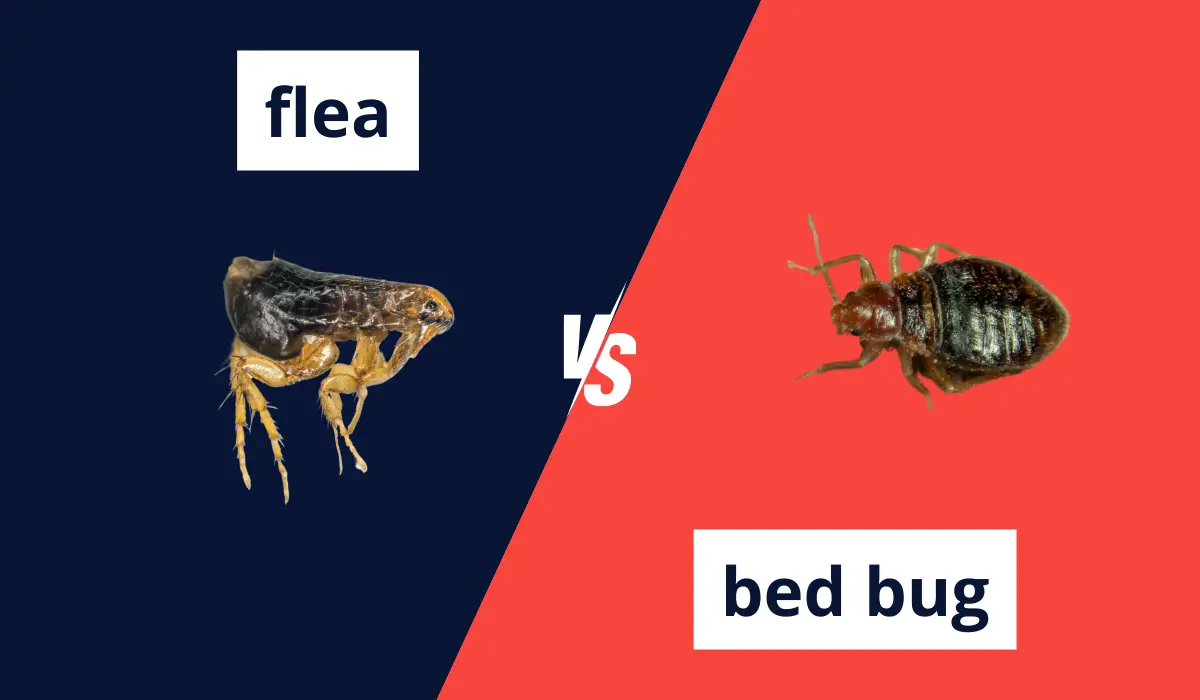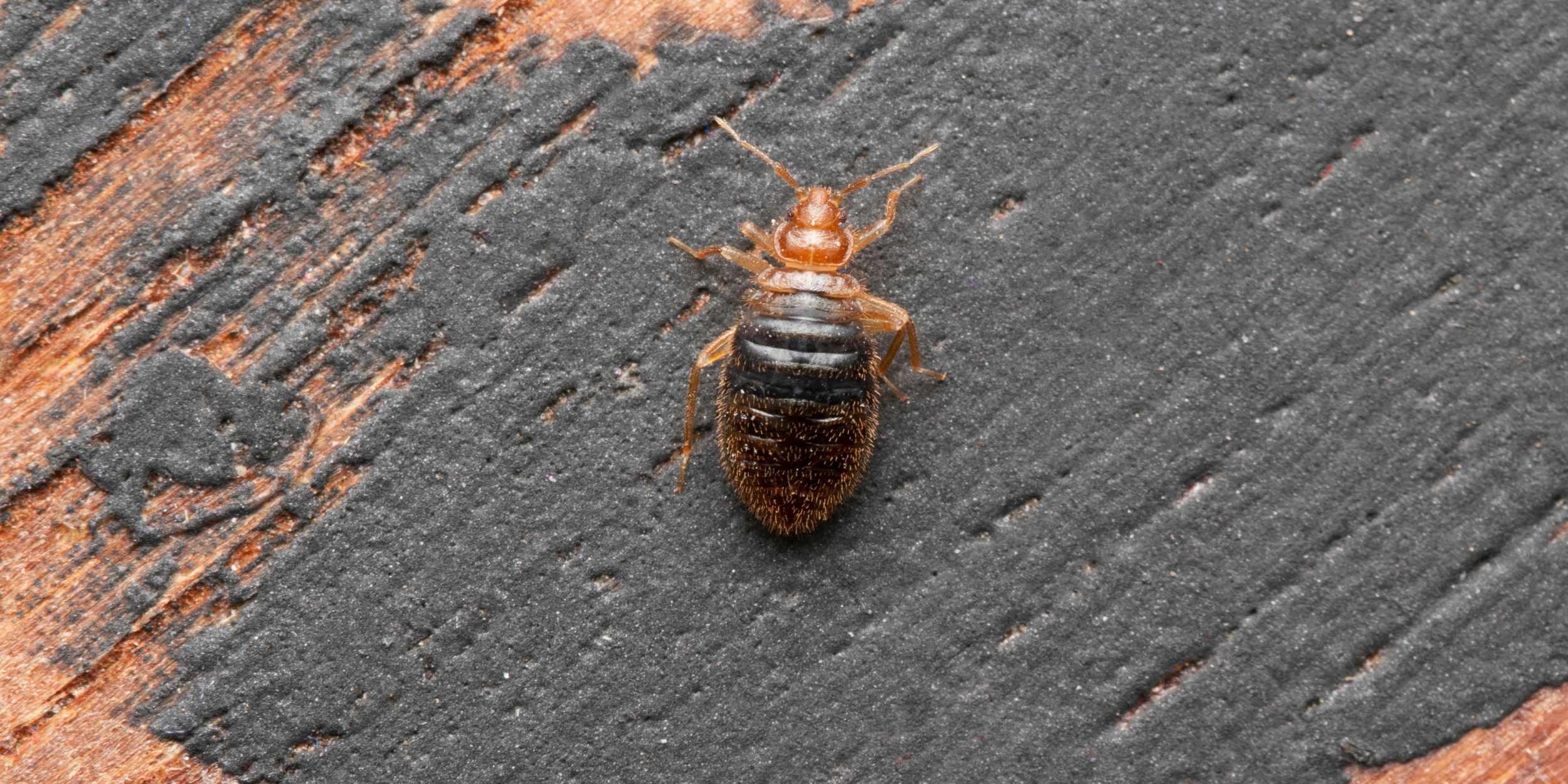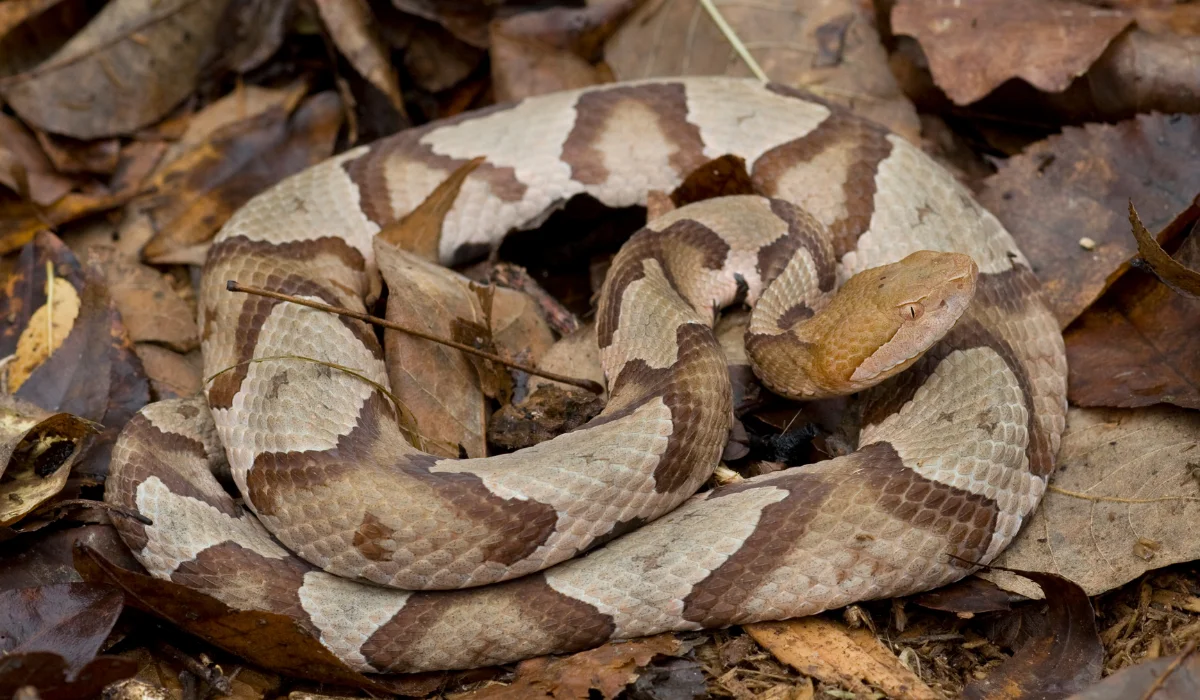Fleas and bed bugs are common in Louisiana, making pest control essential. While both pests thrive on blood and warm environments, they differ significantly.
Fleas can jump high and usually feed on pets, though they’ll also bite humans. Bed bugs feed on human blood and hide in mattress seams, striking at night.
Aware enough of how to spot the signs of these pests? Continue reading to give yourself the information to keep these tiny invaders at bay.
Key Takeaways
- Fleas and bed bugs differ in appearance, size, and behavior, with fleas jumping and bed bugs crawling.
- Flea bites are often itchy and appear on the body folds, while bed bug bites form linear or clustered patterns on exposed skin.
- Regularly clean bedding in hot water and vacuum frequently used spaces to prevent infestations.
- Identifying signs of infestations early, such as persistent pet scratching or musty odors in rooms, is crucial for effective management.
- Professional services can provide comprehensive treatments and follow-up care if DIY pest control methods fail.
UNDERSTANDING FLEAS AND BED BUGS
Distinguishing between fleas and bed bugs is crucial for effectively managing infestations. Here’s what you need to know.
What Are Fleas?
In Louisiana, fleas are common. They’re not simply any pests; their distinctive traits make them stand out.
Here’s a close look at their features:
- Size: Adult fleas are typically about 2.5 mm long.
- Color: They exhibit a reddish-brown hue.
- Body Shape: Fleas have a thin, oval-shaped body, which aids in moving through animal fur.
- Legs: They possess long hind legs designed for jumping.
What Are Bed Bugs?
Recognizing bed bugs in Louisiana and their stages is vital for controlling an infestation. They can be identified as follows in their life cycle:
- Eggs: Oval and white, about 1 mm long, found in hidden locations.
- Nymphs: Smaller and lighter in color than adults, pass through five molt stages.
- Adults: They reach about 5mm long and have a reddish-brown color.
FLEA VS BED BUGS: KEY DIFFERENCES

Identifying the critical distinctions between fleas and bed bugs is essential to address an infestation effectively.
Physical Traits
Although fleas and bed bugs are often confused due to their small sizes and ability to bite, their appearances have notable differences.
Here’s how they differ from each other physically:
| Features | Fleas | Bed Bugs |
| Size | 1.5 – 3.3 mm long | 5 – 7 mm long |
| Color | Dark reddish-brown | Reddish-brown to nearly black |
| Body Shape | Long and flat, with hind legs | Broad and flat with no hind legs |
| Movement | Jumping | Crawling |
Behavior and Habitat
Fleas and bed bugs exhibit differing behaviors and occupy different habitats, which can help differentiate them.
Consider the following behavior or habitats when spotting them:
| Behavior or Habitat | Fleas | Bed Bugs |
| Host | Primarily pets like dogs and cats | Humans |
| Environment | Warm, humid areas with organic debris | Cracks and crevices in or near bedding |
| Activity | Active throughout the day | Mostly active at night |
Bites and Risks
Although blisters are rare, flea or bed bug bites are another telltale sign of these pests.
Here’s what you need to know when determining whether you should use antihistamines or not for an insect bite:
| Bites and Risks | Fleas | Bed Bugs |
| Bite Appearance | Small, red bumps with a halo | Raised, flat red welts in a line or cluster |
| Reaction | Itchiness and risk of allergic reaction | Itchiness and allergic reactions are less common |
| Bite Pattern | Random, often on lower legs | Linear or clustered, often on exposed skin |
| Bite Location | In the armpits, waist, and other body folds | Exposed areas like arms, hands, and neck |
| Risks | Potential for skin infection | Lower risk of skin infection |
IDENTIFYING FLEA AND BED BUG INFESTATIONS
Recognizing the subtle differences between flea and bed bug infestations is crucial for effective pest control. Here are the distinct indicators that you must note to take prompt action.
Identifying Signs of Flea Infestations
You may realize you have a flea problem when your pets start scratching excessively due to the irritation caused by flea bites.
Other than the telltale itching, here’s a checklist to identify a flea infestation:
- Pet Scratching: Persistent scratching or biting their fur is often the first sign.
- Visible Adults or Flea Eggs: Small, dark insects jumping on your pet or in pet bedding or tiny white eggs in your pet’s fur.
- Flea Dirt: Small black specks, which are flea droppings or feces, often found on pets or in their bedding that can transmit typhus.
- Red Spots or Hives on Human Skin: Flea bites can leave tiny, itchy red spots on humans, too, often around the ankles or legs.
Identifying Signs of Bed Bug Infestations
Bed bug infestations can be identified by closely inspecting for musty odor, bite marks, and human blood stains. Here’s how to check for bed bug signs at their hiding places:
| Areas to Check | Signs to Look For |
| Bed Frame | Small bugs, reddish-brown in color, hiding in crevices |
| Box Springs | Dark spots or adult bed bugs in seams |
| Mattress | Reddish stains or shed skin, a sign of their blood meal. |
| Couches | Bugs in seams or between cushions |
| Other furniture | Tiny insects or eggs in joints and crevices |
PEST PREVENTION AND TREATMENT STRATEGIES
Effective pest management involves specific practices to maintain a pest-free home. Here’s how you can prevent, control, and treat infestations.
How to Prevent and Control Infestations
Preventing bed bugs and fleas is significantly more manageable and less costly than addressing an active infestation. To keep these pests away, you should:
- Regularly wash bedding and clothes in hot water to kill potential eggs or larvae.
- Use a flea comb on pets often to catch fleas before they can spread.
- Vacuum baseboards, upholstery, and other areas where bugs can hide.
- Consider professional pest control services periodically as a preventive measure.
- Seal cracks and crevices along baseboards, window sills, and other entry points to prevent fleas or bed bugs from traveling.
How to Treat Ongoing Infestations
While you may attempt DIY pest control solutions, you must have realistic expectations about their effectiveness.
Here’s a close look at home remedies for treating flea and bed bug infestations:
| Pest Control Methods | Instructions |
| Diatomaceous earth | Sprinkle on affected areas; leave for 24-48 hours before vacuuming. |
| Flea traps | Set traps around infested areas to monitor and reduce flea populations. |
| Washing with hot water | Wash all bedding, clothing, and affected fabrics in hot water. |
| Over-the-counter sprays | Apply directly to infested areas, following the manufacturer’s directions. |
SHOULD YOU GET IN TOUCH WITH PEST CONTROL PROFESSIONALS?
Timing can be crucial when dealing with fleas and bed bugs. These critters reproduce quickly, and a small problem can quickly escalate into an infestation.
So, if you find these pests in multiple rooms and they are beyond a DIY fix, you should definitely engage a pest control company.
Whether you’re in Baton Rouge or New Orleans, seeking expert help should be easy. For immediate intervention for a severe infestation, let Lajaunie’s flea and bed bug control specialists tailor a solution that’s right for your home.
For more information about the areas we service, visit our location page.


